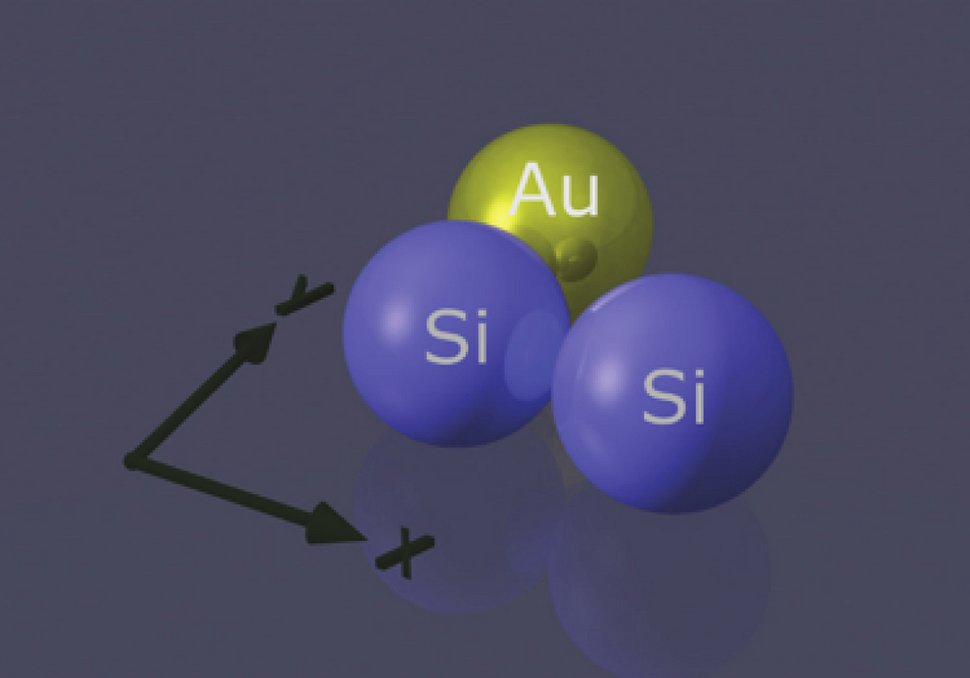Material-Composition-Induced Chiral Optical Response Of Symmetric Nanoparticle Ensembles

Chiral light-matter-interaction is an intriguing phenomenon, which links the geometry and symmetry of certain molecules or nanostructures with their ability to sense the handedness of light. Recently, numerous concepts for designing chiral nanostructures have been proposed. It was also shown that even planar structures can exhibit a chiral optical response if they lack mirror symmetry in 2D. In all cases reported so far, the chiral optical response was a result of a chiral or asymmetric geometry. We now showed for the first time that also a heterogeneous material composition of a 2D nanostructure can result in chiral optical response, even though the structure might be geometrically symmetric. We investigate this novel concept of a heterogeneous material composition experimentally and numerically. We use a single geometrically mirror-symmetric 2D nanostructure, assembled from achiral building-blocks made from different materials (see Figure). The observed chiral effect is caused by the resonance behavior of the equally sized and shaped constituents, with the heterogeneous material selection breaking the symmetry of the system. Our concept opens up a new avenue for designing chiral media at the nanoscale.
Contact: peter.banzer(at)mpl.mpg(dot)de
Group: Leuchs Division
Reference: P. Banzer et al., Nat. Commun. 7, 13117 (2016)





